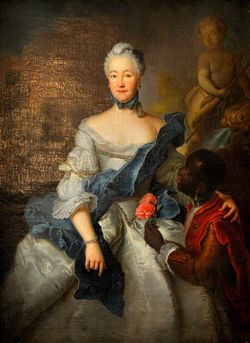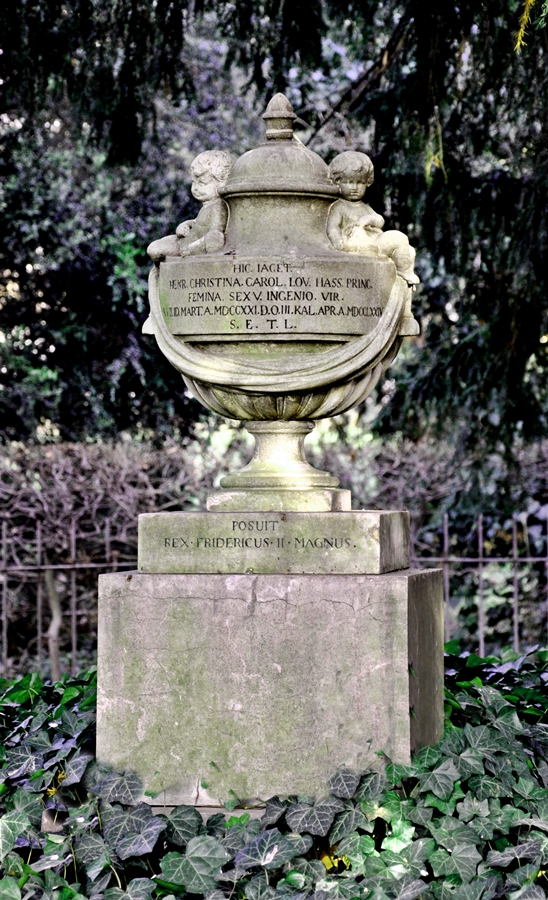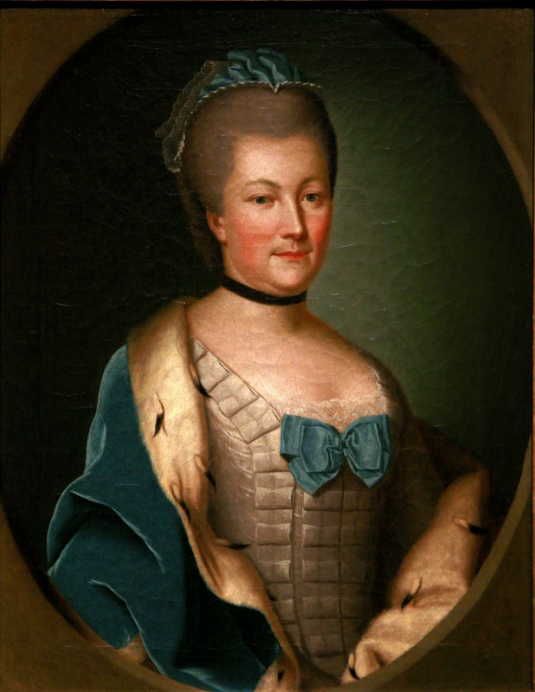Bio by: Holy Grail
Family Members
-
![]()
Karoline von Hessen-Darmstadt
1746–1821
-
![]()
Friederike Luise of Hessen-Darmstadt
1751–1805
-
![]()
Ludwig I. von Hessen-Darmstadt
1753–1830
-
![]()
Amalie von Hessen-Darmstadt
1754–1832
-
![]()
Princess Augusta Wilhelmina Luisa von Hessen-Darmstadt
1755–1776
-
![]()
Luise von Hessen-Darmstadt
1757–1830
-
![]()
Christian von Hessen-Darmstadt
1763–1830
Advertisement
See more von Pfalz-Zweibrücken memorials in:
Explore more
Sponsored by Ancestry
Advertisement
















